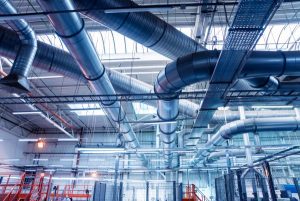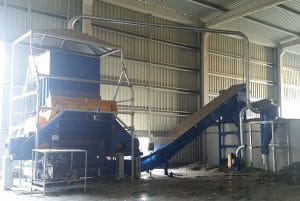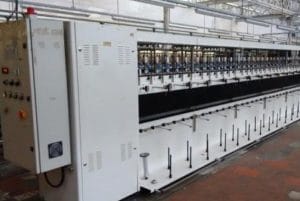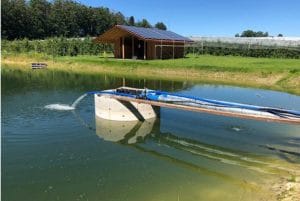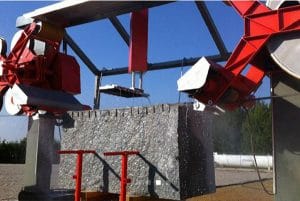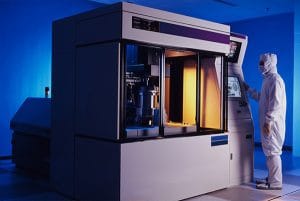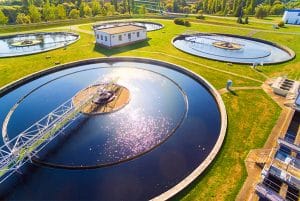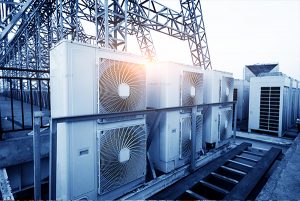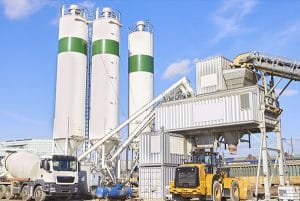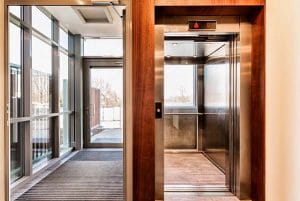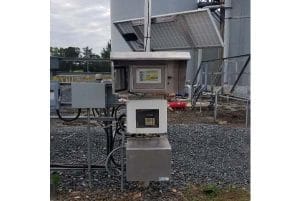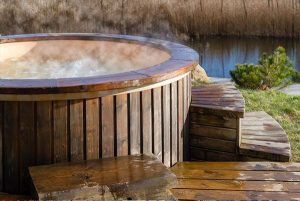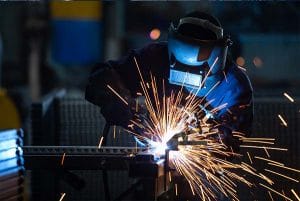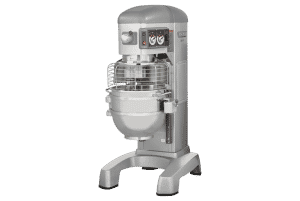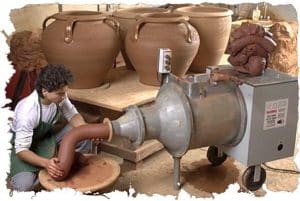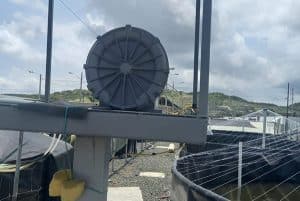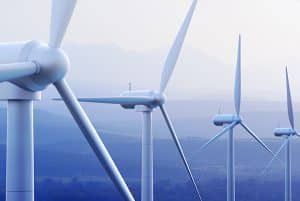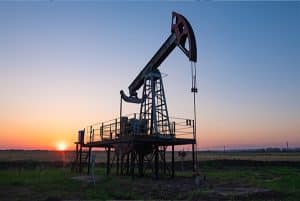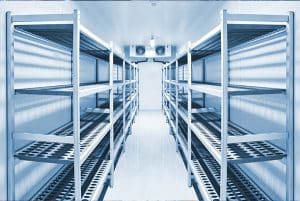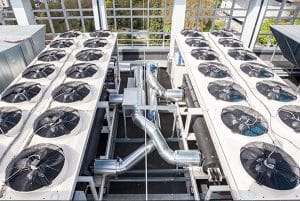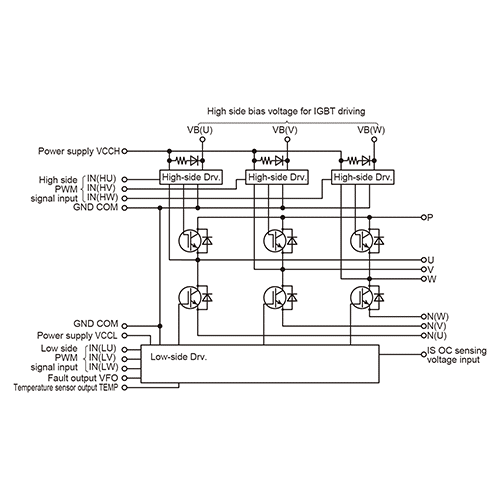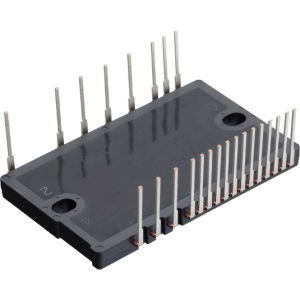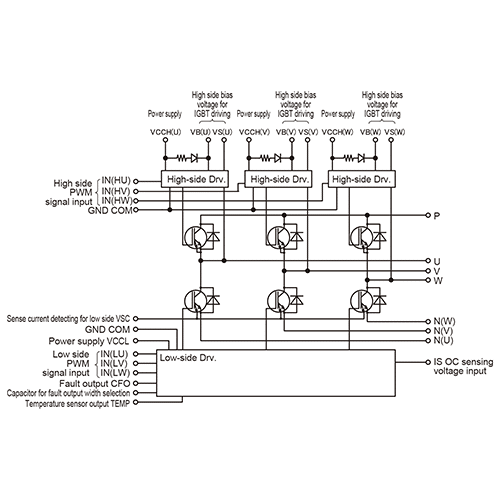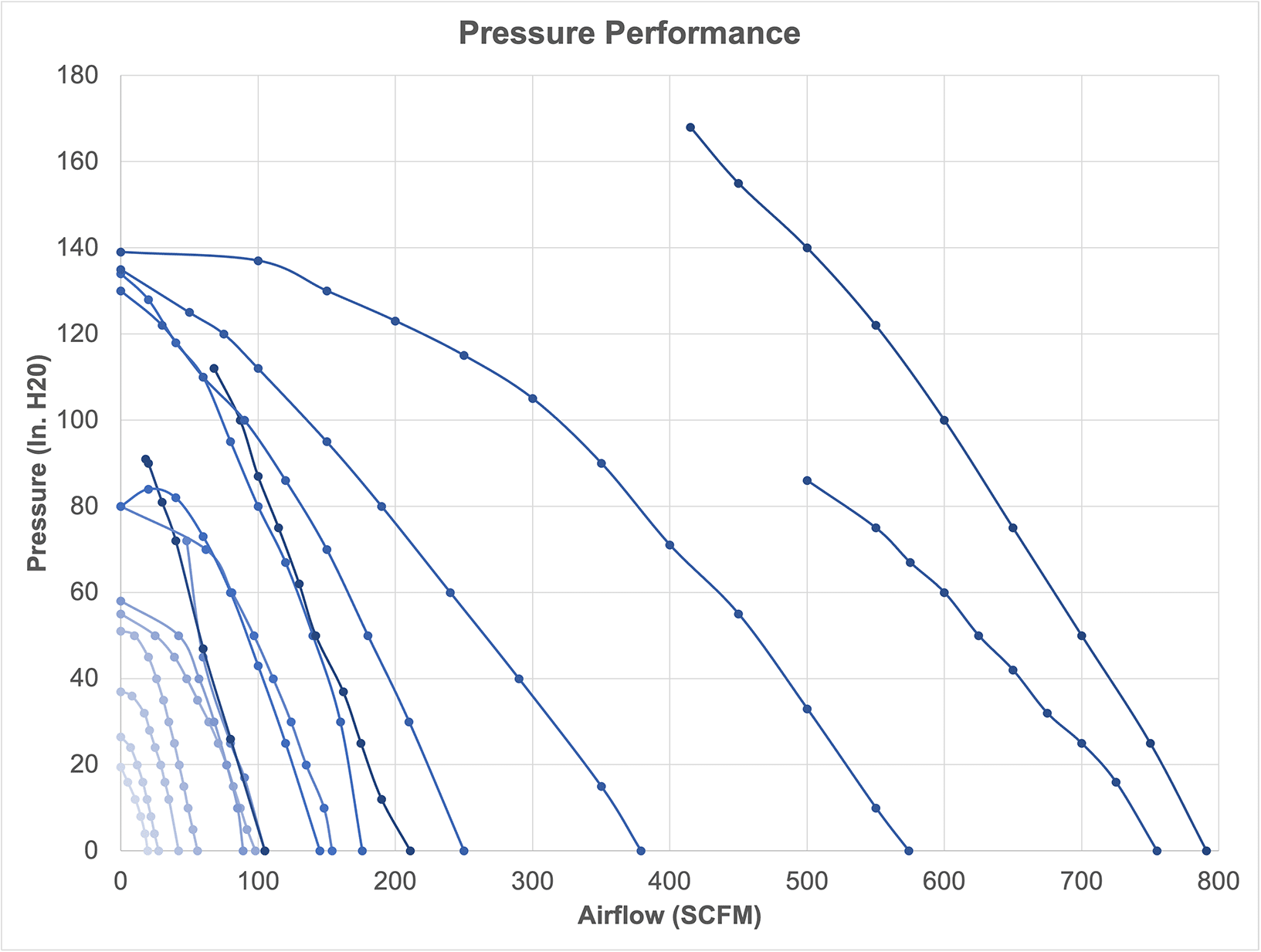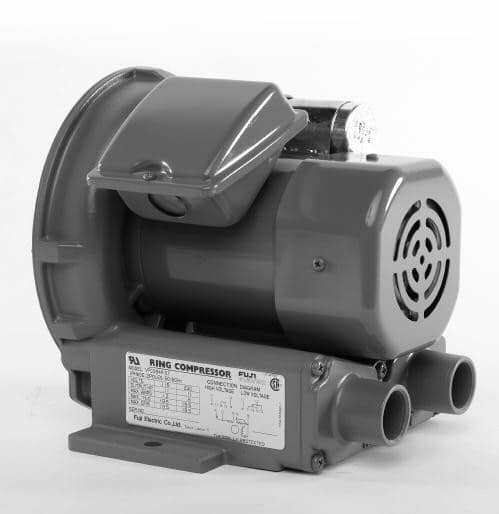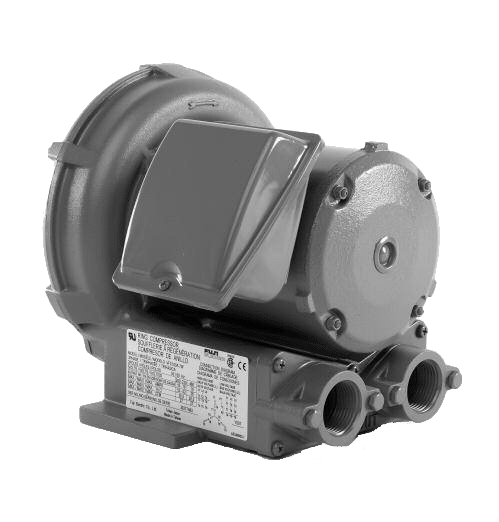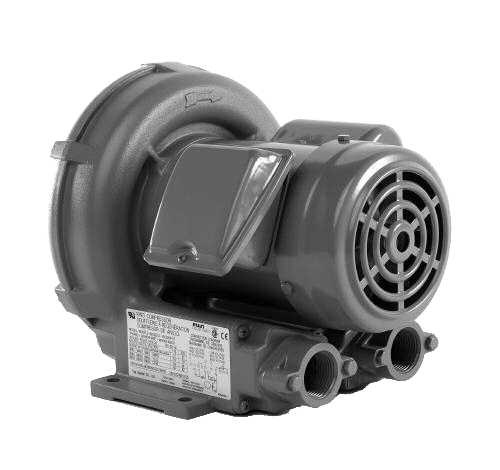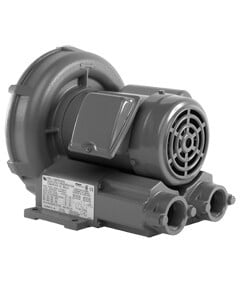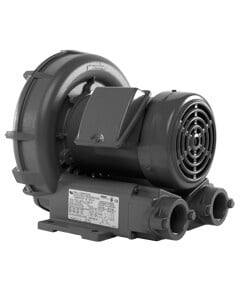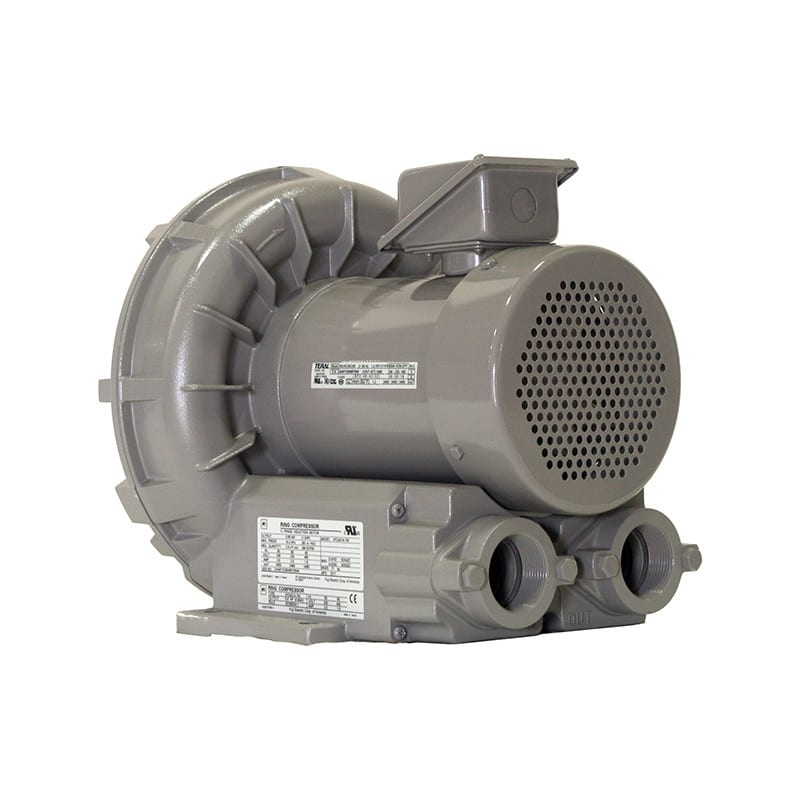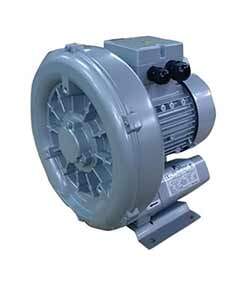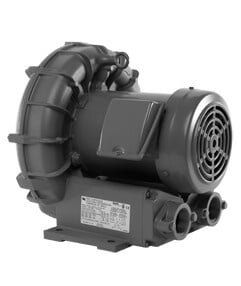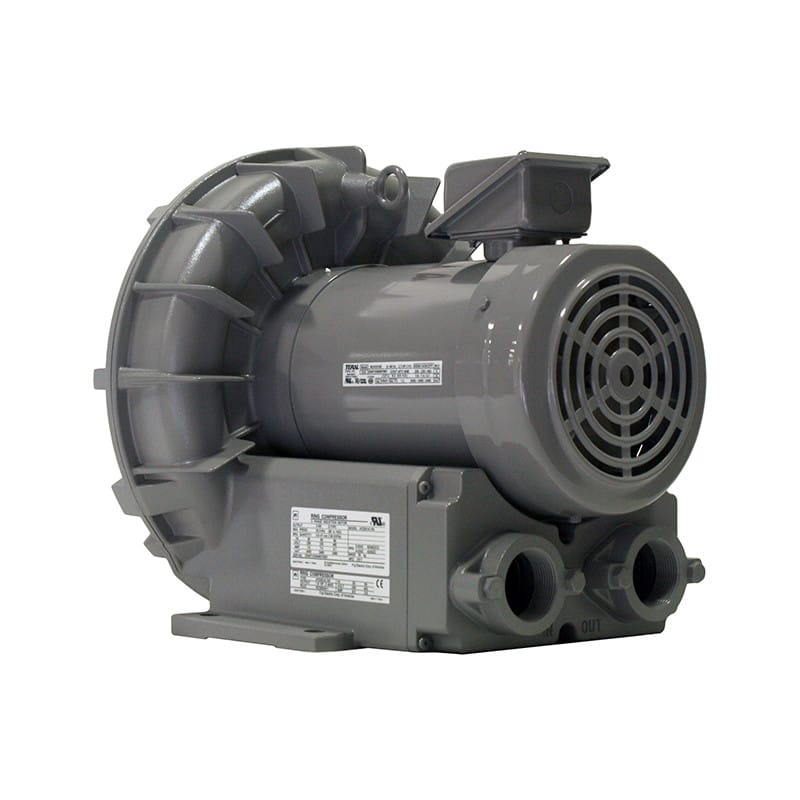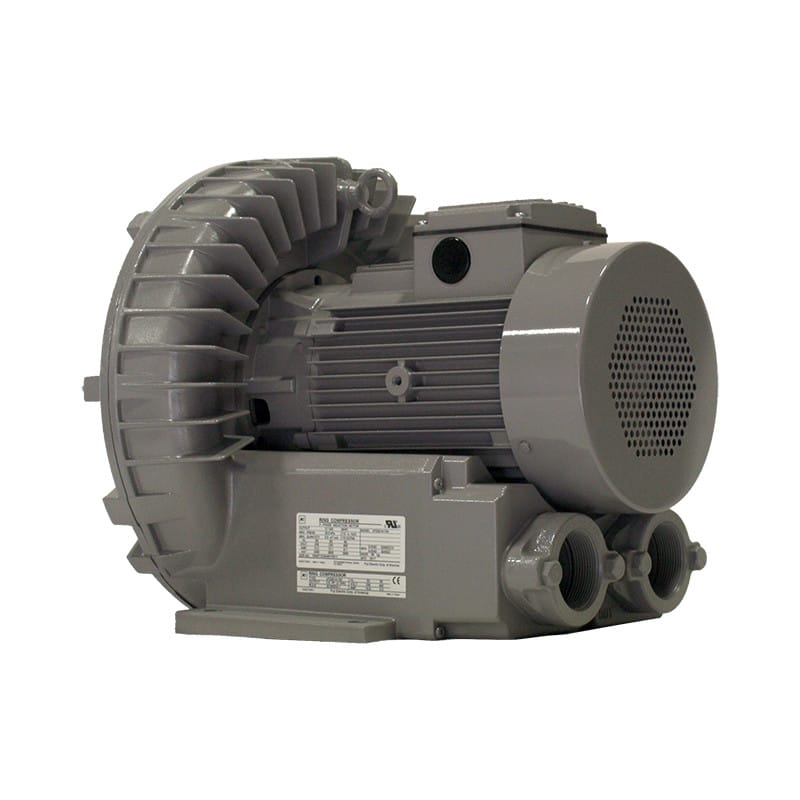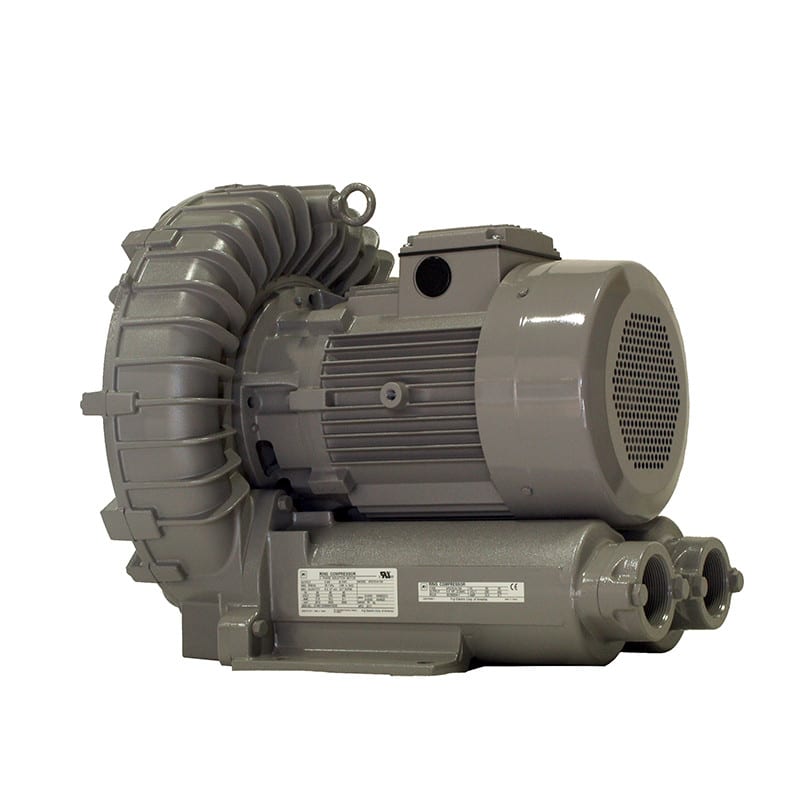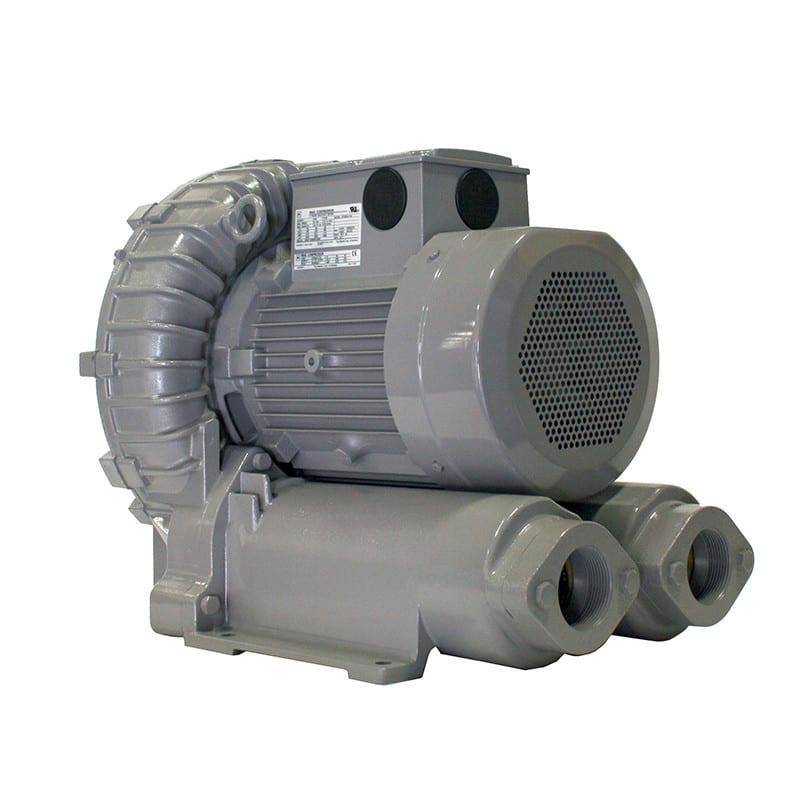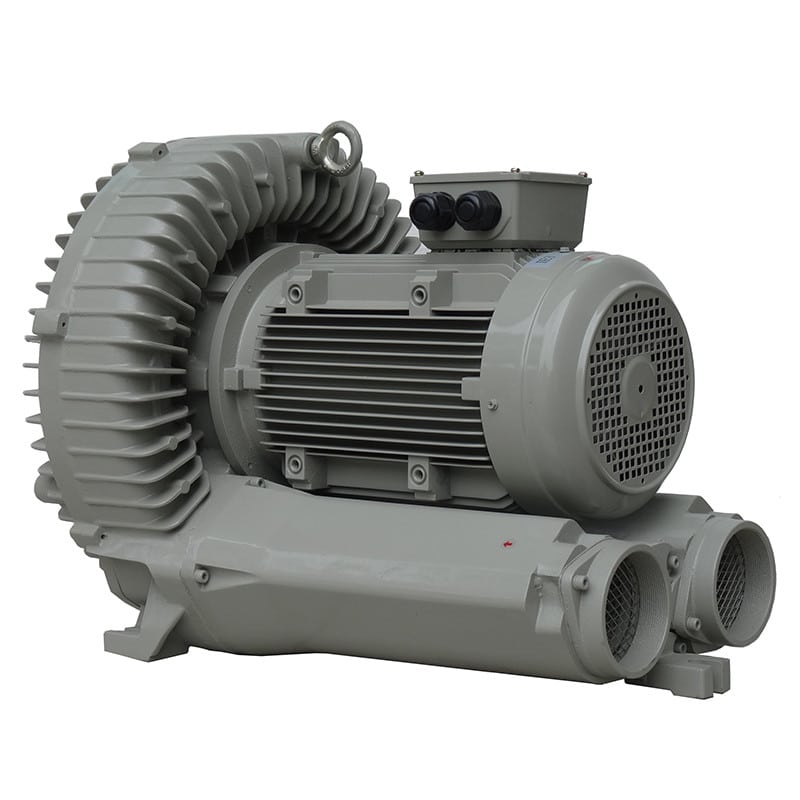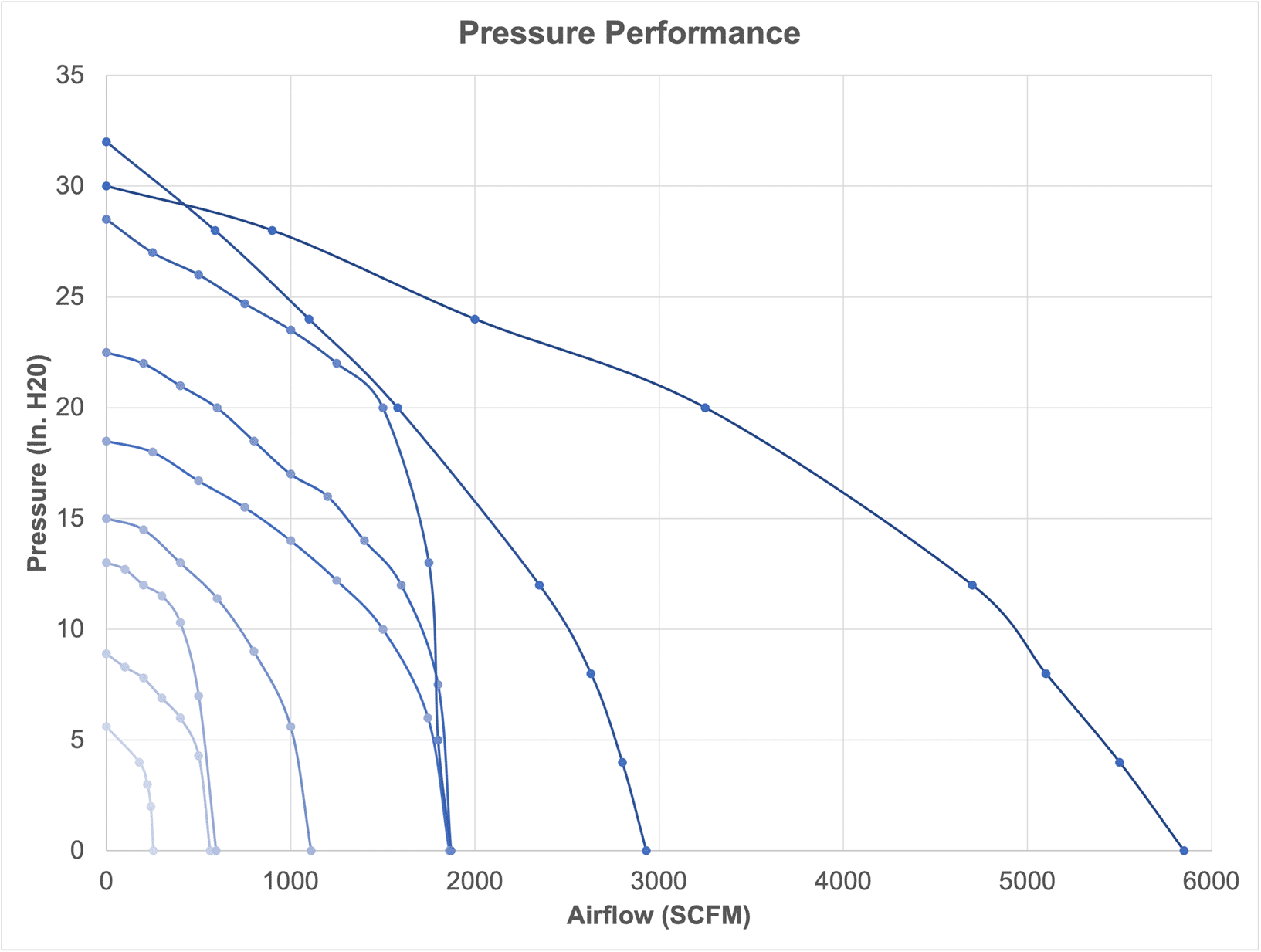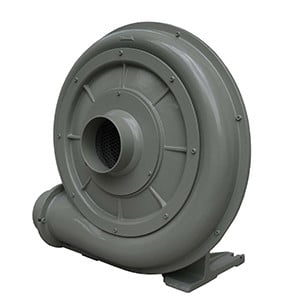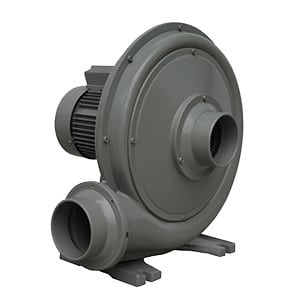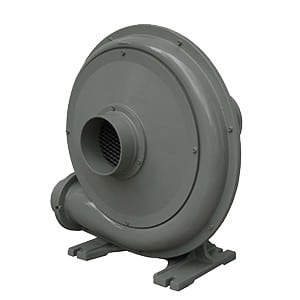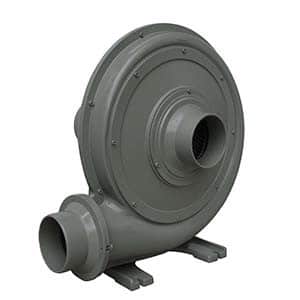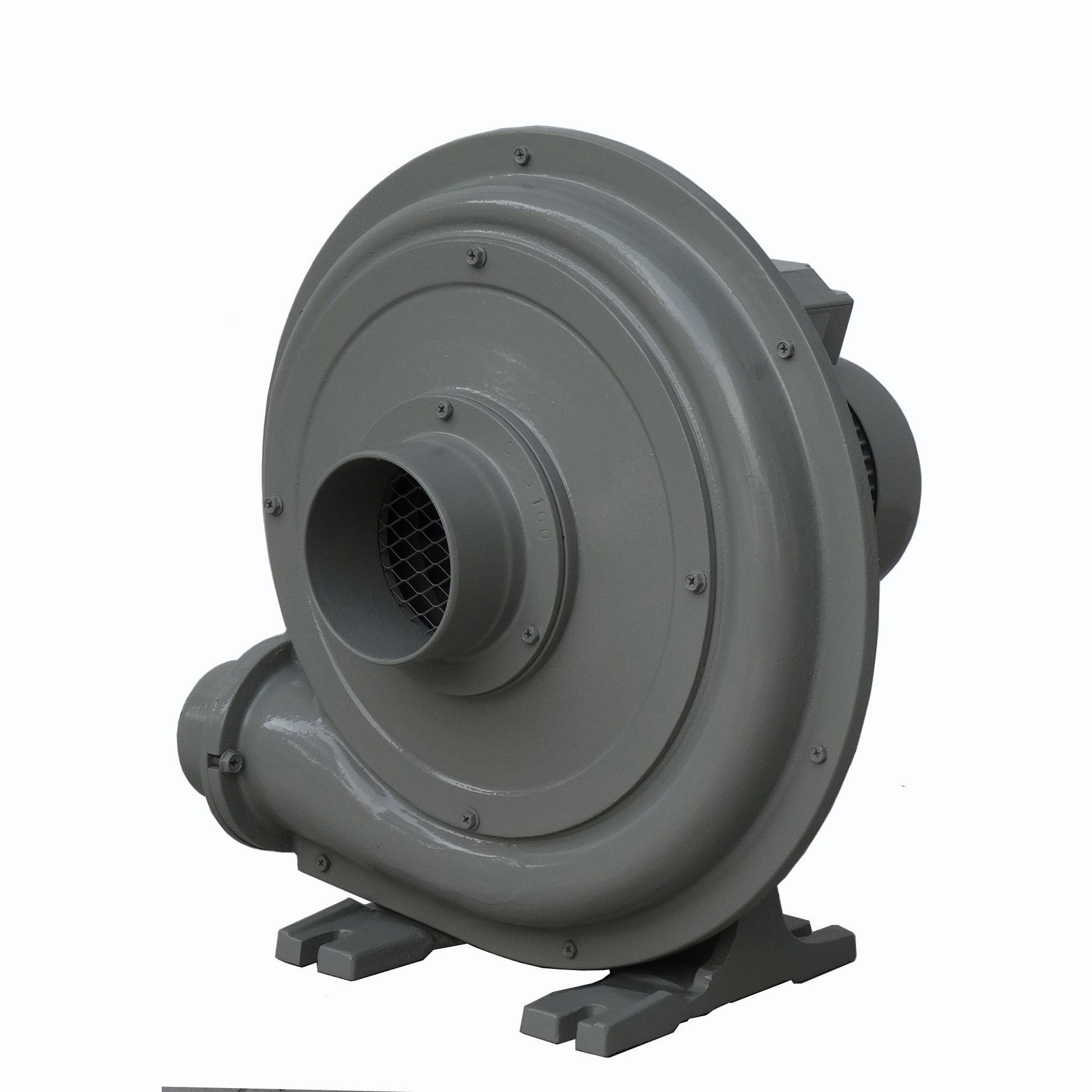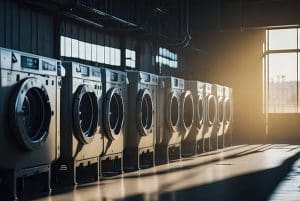Regenerative blowers (RC blowers) come in single-stage and two-stage designs. Choosing the right one depends on your application’s requirements for pressure, vacuum, and airflow.
How They Differ
|
Feature |
Single-Stage RC Blower |
Two-Stage RC Blower |
|
Air Path |
Air passes through one impeller stage |
Air passes through two impeller stages |
|
Pressure/Vacuum |
Lower pressure/vacuum |
Higher pressure/vacuum |
|
Airflow (CFM) |
Higher flow rate |
Lower flow rate at same motor power |
|
Complexity |
Simpler design |
Slightly more complex; still low maintenance |
|
Efficiency |
More efficient at low pressure/vacuum |
More efficient at higher pressure/vacuum |
When to Choose a Single-Stage Blower
Ideal for:
- High airflow, low-pressure applications
- Air knives, cooling, drying, and aeration
- Systems where pressure does not exceed ~3–4 psi or vacuum stays above ~10 inHg
Benefits:
- Higher CFM output
- More energy-efficient at lower differential pressures
- Often lower cost and simpler to install
When to Choose a Two-Stage Blower
Ideal for:
- Higher pressure or vacuum requirements
- Vacuum lifting, dense pneumatic conveying, wastewater backflushing
- Systems needing up to ~7 psi or -14 inHg vacuum
Benefits:
- Greater pressure differential without oversizing the motor
- Stable operation under load
- Compact alternative to multiple single-stage units in series
Quick Selection Tip:
- If your process needs volume (CFM) more than pressure, choose single-stage.
- If your process needs pressure or suction more than volume, choose two-stage.
Application Examples
|
Application |
Recommended Blower Type |
|
Tank aeration |
Single-stage |
|
CNC vacuum hold-down |
Two-stage |
|
Packaging suction pick-and-place |
Two-stage |
|
Air knife drying on conveyor |
Single-stage |
|
Wastewater filter backflush |
Two-stage |
|
Pneumatic transport (light materials) |
Single-stage |
Need Help Choosing?
Many manufacturers provide performance curves for each model. Always compare against your system’s operating pressure, flow rate, and duty cycle to make the best choice.



